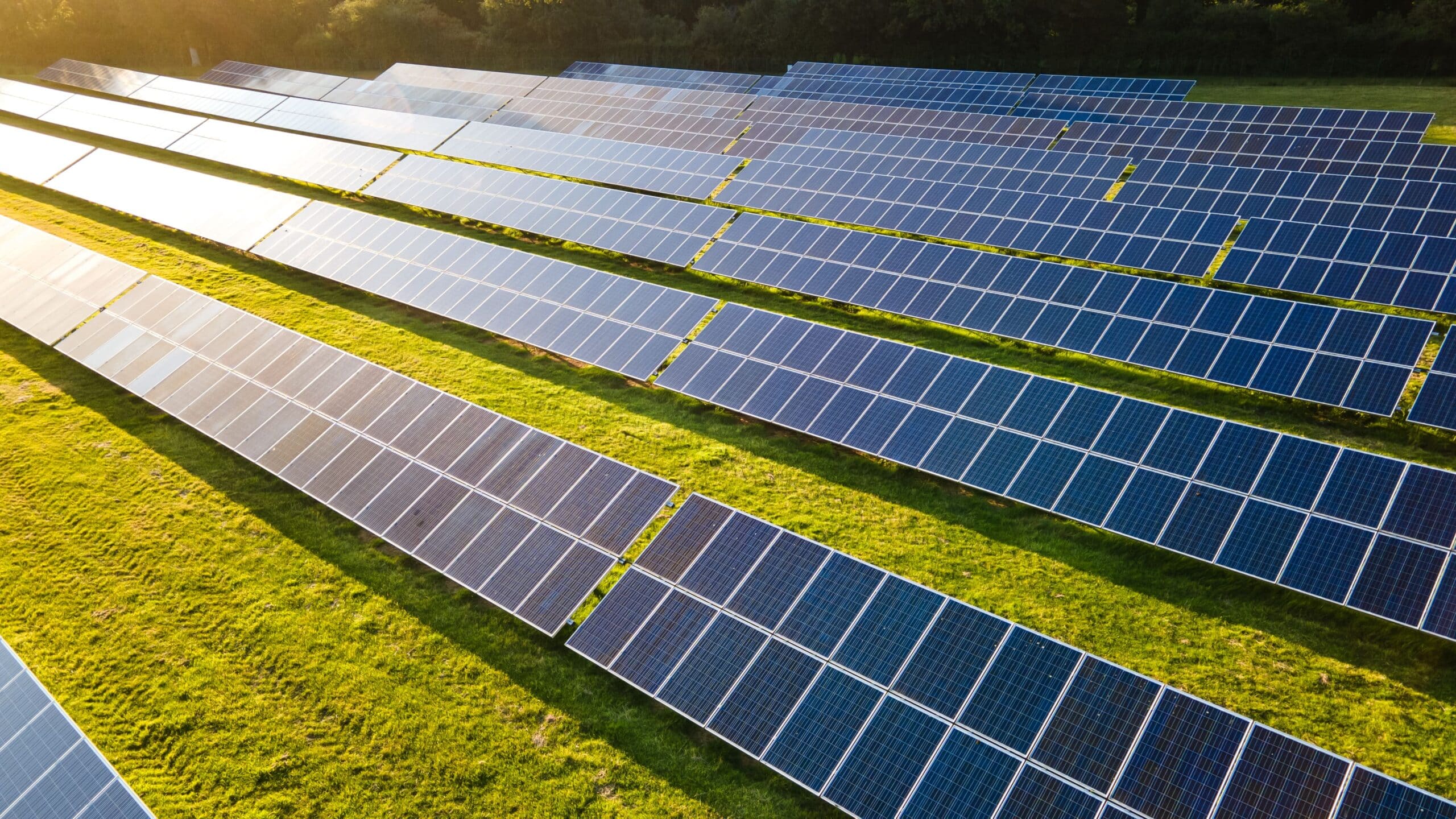POSTED
November 10, 2023
How Solar Farms Generate Profit
Solar farms have been a big part of the global solar expansion, but how do solar farms generate profit? As the world increasingly turns to renewable energy sources, understanding the profitability of solar farms is crucial, especially for investors like you who are looking to make intelligent investment decisions. Investing in solar energy is not […]

Solar farms have been a big part of the global solar expansion, but how do solar farms generate profit? As the world increasingly turns to renewable energy sources, understanding the profitability of solar farms is crucial, especially for investors like you who are looking to make intelligent investment decisions.
Investing in solar energy is not just about sustainability; it’s also about making sound financial choices. In an era where the environment and the economy are becoming more and more connected, knowing how much money a solar farm can make is especially relevant.
In this article, we’ll look at the world of solar farms to understand how they generate profits and how much they can earn. We will also explore the key factors that affect how much a solar farm can make so that you can understand the financial aspects of this environmentally friendly investment.
Key Factors that Influence How Solar Farms Generate Profit

1. Size
Solar farms come in various sizes, ranging from small community-size to utility-scale. A larger-scale solar farm generally means more revenue and greater profits. However, it’s important to note that larger grid-connected “in front of the meter” farms have a different pricing and incentive structure than commercial or residential “behind the meter” installations.
2. Land
Solar farms are large fields of solar panels that harness sunlight in order to generate electricity. The quality and price of the land where the solar farm is located almost always impacts how much each solar farm will earn. Factors such as development costs, solar resource,laws, soil quality, land title clarity, topography, acreage, and land agreements can all affect the farm’s value and profitability.
3. Sunlight
Sunlight is the lifeblood of solar farms. More sunlight and fewer obstacles like clouds and shady trees nearby translate to more revenue. While solar farms can be constructed in areas with lower sunlight, they should be considered carefully as lower sunlight can lower their electricity generation and cash return.
4. Grid Proximity
Proximity to the power grid is crucial for solar farm profitability. A solar farm should be within 1,000 feet of three-phase power and no more than 2 miles from a substation. The further the farm is from a substation, the higher the construction costs and the more complex the process of securing agreements with the local population for rights of way or easements.
5. Contracts
There are many different kinds of contracts that can influence a solar farm’s earning potential! Possible necessary contracts include lease agreements, purchase option agreements, interconnection agreements, and power purchase agreements. These agreements determine revenue streams, project feasibility, and long-term profitability.
6. Incentives
Governments often provide incentives such as Investment Tax Credits (ITC) and Production Tax Credits (PTC) to boost solar farm profitability. These incentives can significantly enhance the return on investment for solar farm owners.
how do solar farms generate profit Compared to Solar Stocks?
Investing in solar farms offers a more direct investment for you as the investor compared to simply buying shares in a solar energy company. The overall profit also can be much more substantial when you invest in a solar farm directly. Investors often appreciate the tangible impact of their money being closer to the actual generation of clean energy.
Pros and Cons
Investing in solar farms has its pros and cons. On the positive side, it can yield substantial profits and align with your environmentally conscious investment goals. However, like any investment, it does carry risk and does not always guarantee a large return.
The Benefits of Solar Farms for Accredited Investors
For accredited investors, utility-scale solar farms present exclusive investment opportunities. These projects can be tailored to suit short-term (3-5 years) or long-term (30+ years) investment strategies. However, here at Shasta Power, we offer short-term investments (because we sell the projects after a few years of improvement) with returns expected in 5-6 years, allowing you or other accredited investors to receive initial profits relatively quickly. Check out this blog post for more information on when you could expect to get paid.
Consider Investing with Shasta Power
In conclusion, understanding how solar farms make money involves considering various factors such as size, land quality, sunlight, grid proximity, contracts, and incentives. While the percentage returns may still be variable, the overall profit potential is incredibly significant for accredited investors..
There are pros and cons in all types of investments. However, investing privately in solar farms can be highly profitable and align with your goals of sustainable and environmentally conscious investments. If you’re interested in exploring solar farm investment opportunities, we would love to help you consider options through Shasta Power! Click here to watch our webinar and learn more details.





